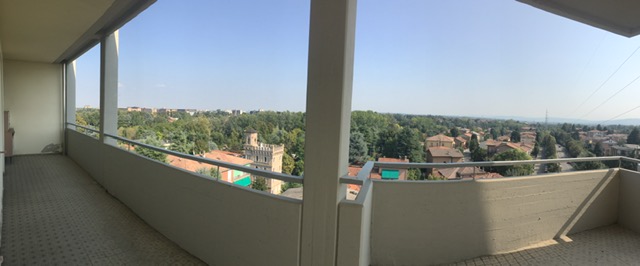photo by Niccolò Rigacci – Creative Commons
Castel del Monte is a typical example of Middle Ages architecture. It is believed that its construction started on January 1240 DC, by Frederick II Hohenstaufen ( one of the most powerful Holy Roman Emperors of the Middle Ages and head of the House of Hohenstaufen ) probably on the ruins of a former Lombard fortress. Rarely used for parties; among these it’s still famous the party for Bianca’s marriage, Federico’s natural daughter, in 1246 DC. From the seventeenth century there has been a long period of neglect of the Castle, during which it was looted and its furniture and marbles stolen. Subsequently it became a prison, and also a shelter for shepherds and bandits. In 1876 DC the Castle was purchased by Italian Government and restored twice for giving it back to its former magnificence. In 1936 Castel del Monte was declared a national monument. In 1996 UNESCO included it in the list of World Heritage Sites thanks to the astronomical and mathematical rigor of its shapes and for the harmonious union of cultural elements of northern Europe, Muslim world and classical antiquity. The Castle is located on a hill close to the monastery of Santa Maria del Monte, close to the City of Andria, at an altitude of 540 mt.
The austere and massive structure of the Castle is octagonal in shape, with eight towers, also octagonal, in its eight corners. Inside there are 2 storeys, marked all around by an outer frame, each with eight rooms of trapezoidal shape, all around an octagonal courtyard. The structure was built of local limestone, which becomes white or pink depending on the time of day and weather conditions. The windows of the first floor and the rooms were decorated in white or lightly veined marble. The other windows, doors and the ground floor rooms were decorated with colorful coral breccia. Once, probably, the presence of these marbles and colored stones had to be much more conspicuous. Each wall between two towers has only two windows ( a round lancet window on the lower floor and a mullioned window on the upper floor, except in the side facing Andria, where there is a three mullioned window).
Visit Castel del Monte official website
Visit Castel del Monte UNESCO website







Leave a Reply